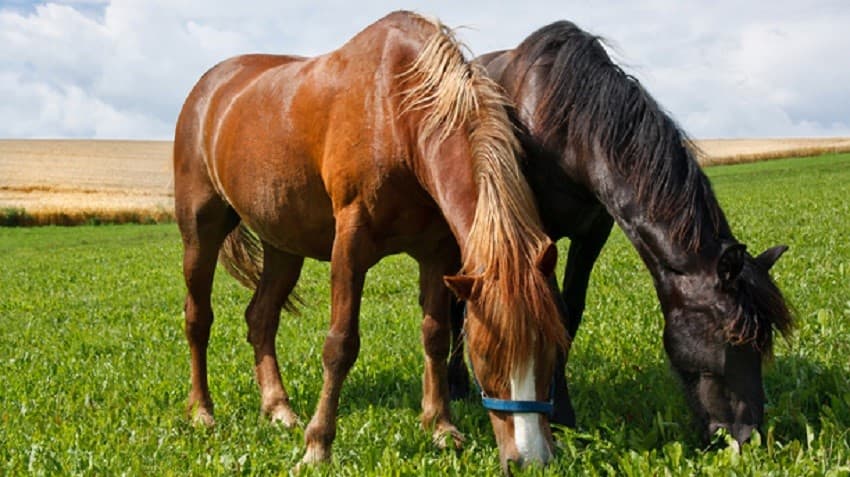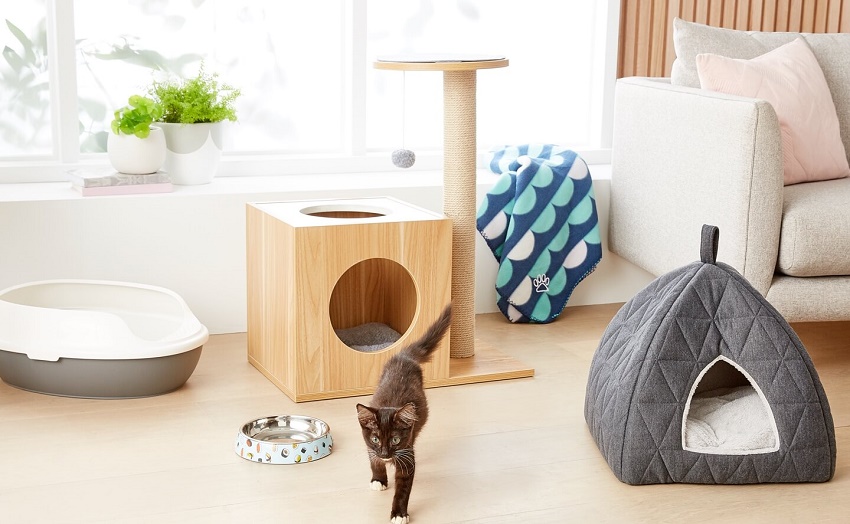How to Pick the Right Indoor Pet Barrier and Create Dog-Free Zones in Your Home
Riddle me this: What breed of dog can jump higher than a building? The answer is, all of them can, since buildings can’t jump.
Well, even though we love seeing our four-legged friends happily bouncing around the lawn, we don’t want them jumping anywhere they’re not supposed to. Especially not inside the flower beds, on the couch or on our new table. But, how can we keep our dogs grounded?
Read MoreA Guide to Must-Have Professional Supplies for Your Pet Grooming Business
The number of families with pets has significantly increased over the previous ten years. With 62% of households owning a dog, Australia has one of the highest rates of dog ownership in the world. That said, animal pharmacies, pet shops, grooming salons and other animal-related companies are lucrative business opportunities in Australia.
Starting a salon is a great idea if you love animals and want to take advantage of the fantastic opportunities available in the pet grooming industry. However, to run your business successfully, you’ll need the right grooming supplies in your arsenal. Professional groomers use tried-and-true, robust tools and supplies for grooming that can withstand daily wear and tear. Here’s a list of the most important ones.
Read MoreTips and Suggestions for Choosing the Best Bed for Your Dog
Out of all the accessories for your lovely furry friend, dog beds are definitely the most valuable ones. Not only do they make for a nice and comfy surface for your dog to have its well-deserved rest, but they’re also great to create a dog-friendly space where your furry friends can “retreat” and have some quiet time away from noisy guests, running children and even you.
Read MoreAll You Need to Know About Cat Litters
If you’re a proud cat parent, you’ve probably noticed that your feline always covers its waste after fulfilling its “toiletry needs”. But did you know that this behaviour is actually caused by cats’ natural instincts? In fact, once they bury their waste into the ground, they automatically “mask” their traces and their scent, and that way they feel safer and more protected from the cruel predators.
Read MorePet Safety: The Perks of Having a GPS Tracker For Your Dog
Dogs are vivacious little (or big) things! They’re known for being super-energetic, extremely curious, and can often be spotted wandering around in amazement of everything they can see!
As adorable and sweet as this behaviour is, it can be a potential headache and a source of anxiety for many dog owners. The risk of your dog getting lost while walking in the park without its leash on, or even exiting the backyard because someone left the door ajar is always there.
That’s why, to save yourself and your dog the potential stress, getting a GPS tracker for dogs might be a great idea! GPS trackers aren’t good for just one thing though. They’re a versatile device that can tell you a lot about your dog whether you’re apart or together.
Let’s see exactly what a GPS dog tracker can really do!
Source: topdogtips.com
Dog Supplements for Joints: Improve Your Canine’s Quality of Life
Our dogs have such a short life, and they spend most of it waiting for us to come home. Since your dog is your best friend, you want to do everything in your power to make sure he lives a happy and healthy life. Savvy dog parents are committed to providing a balanced diet and regular exercise to make sure their furry pals are healthy. You learn how to handle excessive dog barking, how to groom him and which supplements are best to improve the quality of his life.
Read MoreDog Health 101: Caring for Your Four-Legged Friend’s Joints
Same as us, dogs go through the ageing process which particularly becomes apparent at the bones and joints that tend to wear out over time and start rubbing against each other. This is especially the case with breeds like German Shepherds, Rottweilers, Great Danes, New Foundlands, Saint Bernards, Mastiffs, Labs and Dachshunds which are more susceptible to these issues. In addition, dogs that are diabetic, arthritic, or have suffered some trauma are also at risk.
If you’re a dog owner, you’re willing to do everything you can to prolong your furry friend’s life and make sure it’s one of quality. That being said, you’ve probably already invested in the needed dog supplies like toys, a bed and dog clothes for the times that it’s required to dress up. So, it’s only natural to also take care of your pet’s bone and joint health in order to prevent future pain and immobility. The following are some strategies you can adopt.
Get the Help of Supplements
Sure, you’re getting the best nutrition there is for your dog, but sometimes this itself isn’t enough. Don’t worry, that’s what the wide range of specialised supplements for dog joints is here for, and you’d be surprised to know just how wide this range is.
Not only are they available in different forms, such as capsules, chews, and powder, they also contain various high-quality ingredients carefully chosen for your dog’s well-being. These include antioxidants, minerals, vitamins and healthy fatty acids.

Some of the most famous of these are glucosamine and chondroitin for joint health, calcium for bone health and strength, and omega 3 for healthy cartilage. If you want your dog to reap these benefits, with an additional positive impact on the skin and coat too, look for supplements that contain no artificial flavours or preservatives.
A word of advice is to consult the vet before you get the dog joint supplements to be sure they’re suitable for your dog, its specific breed, age and (potential) health issues as well as to be certain about the right dosage.
Establish a Healthy Diet
Of course, the supplements can only work when the pooch is getting nutrients from the daily diet too. Maintaining a balanced diet with the needed nutrients can prevent one of the major issues affecting dogs today that causes joint problems in the long run, which is obesity.
Foods that are rich in the required nutrients to keep your dog healthy and with a weight that doesn’t do it harm are beans, lentils and leafy greens because they contain copper known as a component necessary for the connective tissue. These are followed by kale and berries for the vitamin C essential for connective tissue regeneration.
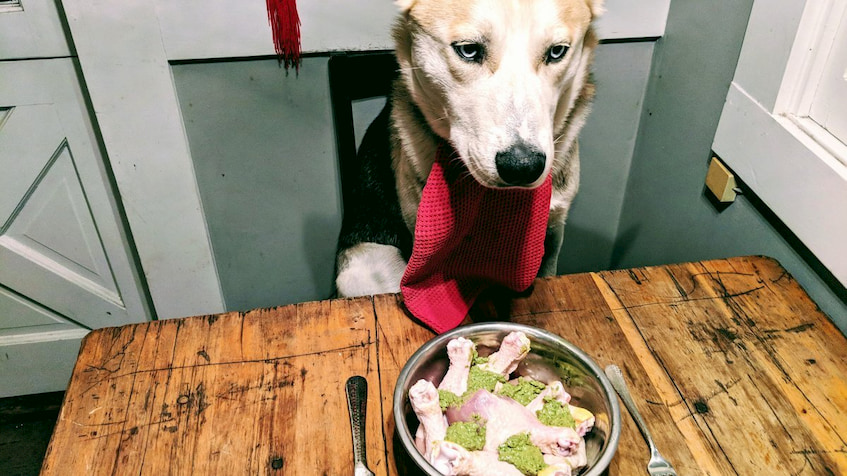
If you want to provide your Fido with natural glucosamine and chondroitin along with offering it in the form of supplements for dog joints, you should consider cooking a nice bone broth for both of you. That would come in handy with your diet as well if you want to increase your collagen intake.
An extra piece of advice is whenever you’re shopping for specialised dog food (be it dry or wet) or treats make sure they’re of quality and avoid getting the really cheap ones otherwise you risk getting some unwanted ingredients. Besides the food, don’t forget hydration with fresh water every day because it’s crucial for keeping the dog’s joints lubricated.
Keep Your Dog Active
Same as with us people, activity is needed for your dog’s overall health and well-being. No matter the age of your pooch, there are suitable physical activities you should turn into priorities, and these include walking, running and swimming as the basic. A sedentary lifestyle isn’t good neither for the weight nor for the joints, so it’s a big no-no.
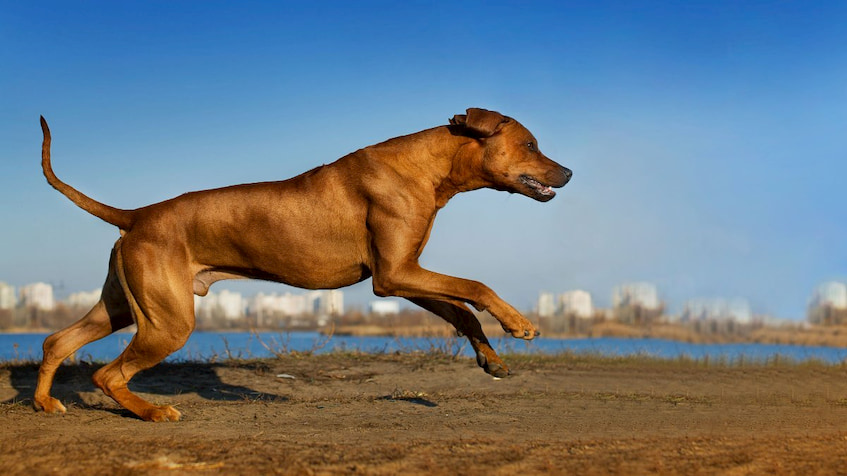
In case your dog is already older, or suffering from some joint issues, it’s best to leave out running and stick to walking and swimming. Other activities that should be avoided because of the strain, wear and tear they cause are those that include big jumps and jerky movements.
Show Some TLC
As dogs age, they become more in need of affection, especially if they’re going through health issues that prevent them from being their active and happy selves. You can show just how much you care about your furry friend by getting him or her a comfy yet orthopaedic bed that prevents discomfort when your dog lies down or gets up.
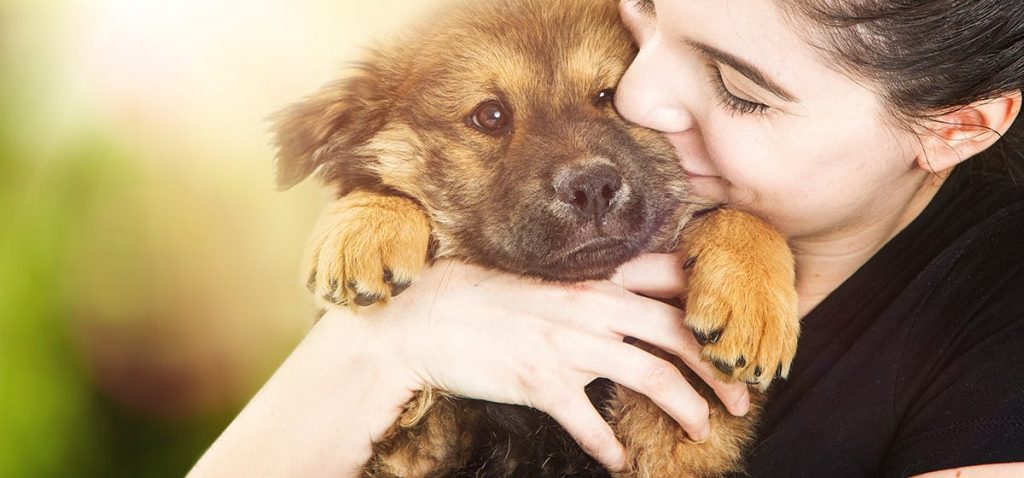
Touch has healing power, so don’t underestimate the benefits massaging the joints can offer too. Still, to be sure your dog’s health is guaranteed, talk it out with the vet, ask whether it’s okay to do so and get in the know of certain techniques that provide the most relaxation.
Lastly, remember to pay attention to your beloved pet and notice any warning signs like whether he or she is going on shorter walks than usual, refusing to go to the other floor through the stairs, limping, as well as having difficulty sitting down and standing up. The quicker you catch the symptoms, the quicker you can take the needed measures and help your dog!
Horse Vitamin and Mineral Supplements Explained & How to Use Them
As a horse owner, you want only the best for your livestock. Proper diet and nutrition are an incredibly important part of keeping your horses healthy, and it’s no different than it is with us, humans. But when we’re feeding our horses, we oftentimes only pay attention to the major components of the diet – such as does the horse consume enough hay, pasture, charr of hard feed. And when we want to get more peculiar about the diet, we oftentimes refer to the amount of protein in the feed, but not the other nutrients. However, it’s the intake of these “other” nutrients that help horses stay healthy. The intake of vitamins and minerals, in particular, can be crucial factors to their performance, growth, reproduction and immune function. Here’s what horse vitamin and mineral supplement products can do for your horse.

Minerals
Minerals are divided into two broad categories – macro and micro minerals, based on the amount required in the horse’s diet. Macrominerals are required in greater quantities, and some of the more known ones include calcium, magnesium, sodium, sulphur, phosphorus, potassium and chlorine. These minerals are essential to the activity of the nervous system, development of the skeleton, acid-base balance, muscle contraction, hair and hoof growth. Micro minerals, on the other hand, are only required in smaller dosages. Some of the necessary micro minerals include iron, copper, zinc, selenium, iodine and selenium. The purpose of micro minerals is to help the body metabolise nutrients, maintain joint and connective tissue, act as antioxidants and assist in oxygen transport.

Vitamins
Vitamins are just as important in the horse diet. They’re classified as either water- or fat-soluble based on how they’re stored inside the body. Notable fat-soluble vitamins are A, D and E. These three vitamins are crucial for calcium regulation and absorption, vision and antioxidants within the body protecting muscle function and cells. Fat-soluble vitamins, as their name implies, are stored inside the fat deposits of the body and can result in unwanted effects if overfed. Water-soluble vitamins are also known as B-vitamins, and they include riboflavin, thiamin, biotin, niacin and folic acid. These vitamins serve a purpose in almost every chemical reaction in the body and are therefore of utmost importance in growth, metabolism and energy generation. B-vitamins are “created” by healthy bacteria inside the digestive system of the horse, and specific requirements have been established for riboflavin and thiamin only.
Detecting Vitamin and Mineral Deficiencies
Many horse owners are oblivious to the mineral and vitamin content, simply because mild deficiencies are difficult to notice visually. For instance, a calorie deficiency in the diet of the horse can easily be noticed through weight loss. Deficiency in protein can be noticed as poor growth or rough hair coat. But deficiencies in vitamins and minerals are more difficult to notice until the conditions become severe. However, there are some less obvious signs that are present if you look closely. For instance, brittle, cracked hooves can be the result of zinc deficiency. A crooked legged foal, on the other hand, can be the result of trace mineral deficiency of a broodmare diet.
The Simplest, Ideal Solution
So how do you make sure your horses’ diet is properly fortified with all the essential vitamins and minerals. The easiest approach would be to feed them a prepared feed or supplement them with horse vitamin and mineral supplement products. There are many different supplements available nowadays, so you should compare products based on concentration and variety of minerals and vitamins included. If the goal of supplementation is to increase the nutrient content of the horses’ diet, pick a supplement that has a broader variety of minerals and vitamins. However, if there’s a lack of a specific mineral or vitamin, then a targeted supplement with a higher concentration of the said vitamin or mineral would be more appropriate.
How to Properly Feed Your Horse Their Supplements

It’s important to pay close attention to the recommended feeding rates, usage instructions and use-by dates. Using supplements that aren’t meant for horses, or overfeeding the supplement can be wasteful, if not straight out dangerous for your horse. Horses have limited capacity when it comes to absorbing some nutrients, like iron, for example. Over supplementing can lead to the excess nutrients being eliminated. While there are some nutrients that have unlimited absorption, such as iodine, over supplementing them can be toxic for your horse. Also, vitamins can become unstable over time and the vitamin content can’t be guaranteed past the product’s use-by date. It’s best you consult with a veterinarian or an equine nutrition expert so they can give you the recommended dose for your horse. At the end of the day, supplements are a great, easy way to make sure your horse gets the extra nutrients it needs in their diet, to ensure proper growth and optimal health.
Kids Plush Toys – Their Best Pals and Source of Comfort
A lot of the times, when plush toys come to mind, you immediately think of a child. After all, one of the key hallmarks of childhood is the presence of a fluffy stuffed friend that you were inseparable with and used to take everywhere you went. As we grow up, we tend to replace these toys we once couldn’t live without with other things, but almost everyone has that one plush toy that they can’t seem to throw away.

Reasons to Put Your Plans in the Trusty Hands of a Pet Transport Service
Speaking from personal experience, the process of pet relocation can be pretty confusing and daunting. I still remember the time when my boyfriend imported his little fella here in Australia, and let me tell you, it was devastating, a real mess especially with all the conflicting information we got about the needed paperwork. After a month of trying, we gave up and hired a professional pet transportation company, and trust me, it was the best thing we could do for us and for our furry friend. If you are facing the same dilemma as I once did, here are the two main reasons why you shouldn’t hesitate to contact a professional pet transport company.
Horse Necessities: Why You Should Invest in a Hay Net
As a horse owner, I have found that hay nets are a wise option for feeding and encouraging more natural eating habits. Let me walk you through the many benefits this type of stable products offers.
Horses are natural foragers. When in the wild, they can spend a lot of time (around 14 hours a day) eating and their digestive tract is designed accordingly. Consequently, for maintaining the healthy digestive tract of the horse, frequent and small meals are the best option. While eating, horses continually secret hydrochloric acid inside their stomachs. Saliva from chewing contains bicarbonate that buffers the acids. So, a constant source of food (like a hay net) that requires a lot of chewing will consequently increase the production of saliva, which helps in the reduction of the risk of gastric ulcers. Moreover, the small openings of the hay net provide constant but restricted access to food – this concept is closely mimicking how horses eat in the wild.
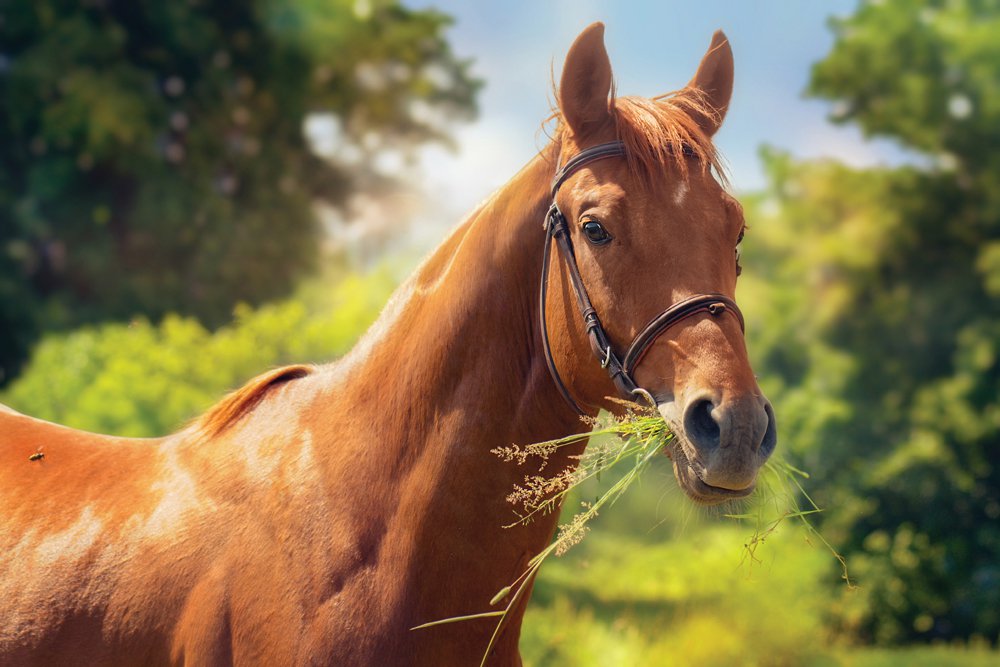
What I particularly find interesting is that out of the many stable products that are needed for smooth operation of the entire barn, the hay net is the one that reduces waste, and provides enormous health benefits for my horse at the same time. Besides being beneficial for the horse’s digestive system, the process of slow feeding is also beneficial for both over and underweight horses. Slow feeding prevents gorging and it will take the horse significantly longer time to eat the same amount of hay. And as for underweight horses, proper digestion is easier to achieve when the hay is eaten slowly. By improving digestion, the horse will increase the absorption of calories and nutrients that promote weight gain.
Now, let’s move on to which type is the best. First, you will need to consider how often you plan to change the net. If you want to fill the net to last for the most part of the day and only want to refill at breakfast and dinner, then you should get a larger capacity hay net. Second, you need to think about durability. Hay nets can be made of many different materials. From nylon, polyester to a poly/cotton blends. Out of all these, the most recommended type when it comes to sturdiness are the ones made of nylon or in some cases, polyester.
And lastly, I have found that slow feeding hay nets are also a great solution for boredom. Namely, while you are transporting your horse, it is a good idea to include a hay net in the trailer where the animal is carried in so it has something to do until you get to the destination.
Supplies for Cats – Listing the Daily Essentials for Your Feline Friend
Bringing a new kitten home is super exciting. I know the feeling very well because I have recently become the owner of a cat too. Believe me, there is nothing cuter than a cuddly, playful little furball. Without a doubt, you and your new family member will become best friends for many years to come, but you should first make sure to start this relationship right. In other words, to have all the supplies for cats you will need once your new friend arrives home.
For me, this was a quite stressful process. Since I didn’t have any experience with cats before, I found myself a little nervous about whether I was choosing the right items. However, worry not – even if you do have some experience in this you can still get confused as nowadays there really is a wide selection of supplies for cats. To make it easier for you, here is a short list of some of the basic supplies you will need when your kitten arrives home. Read More








